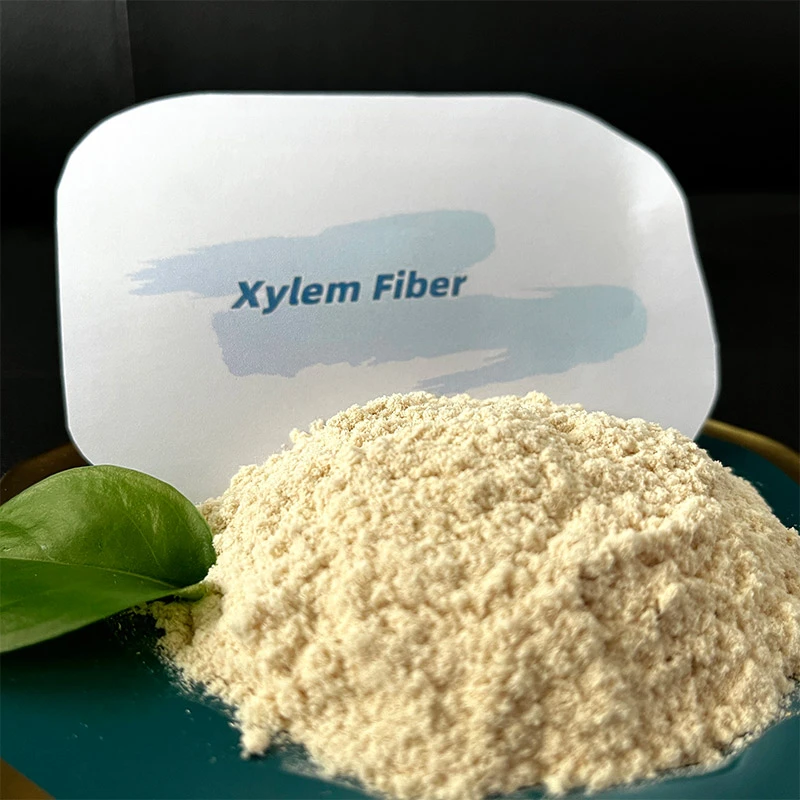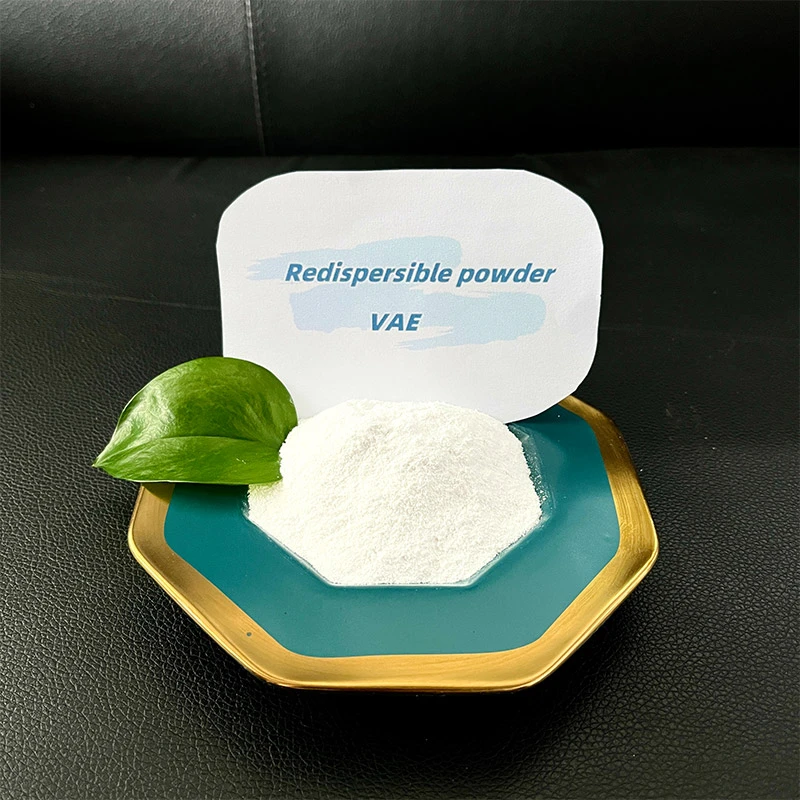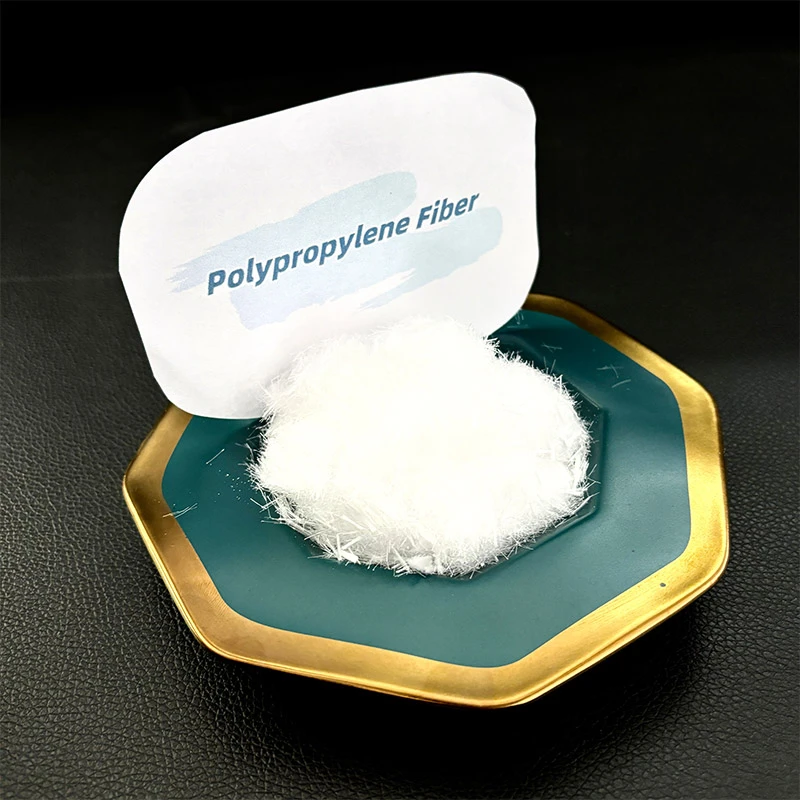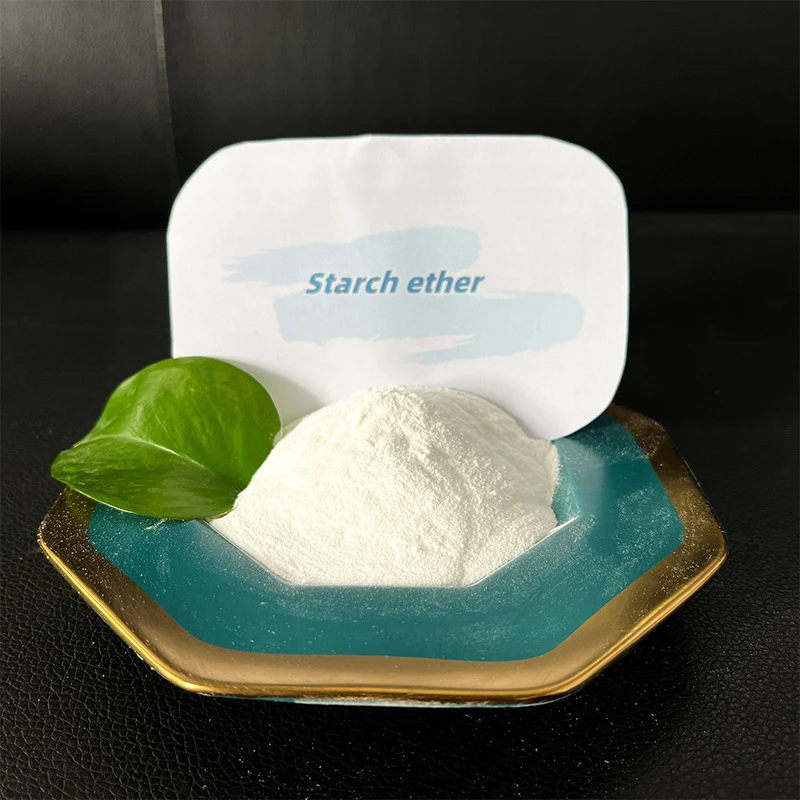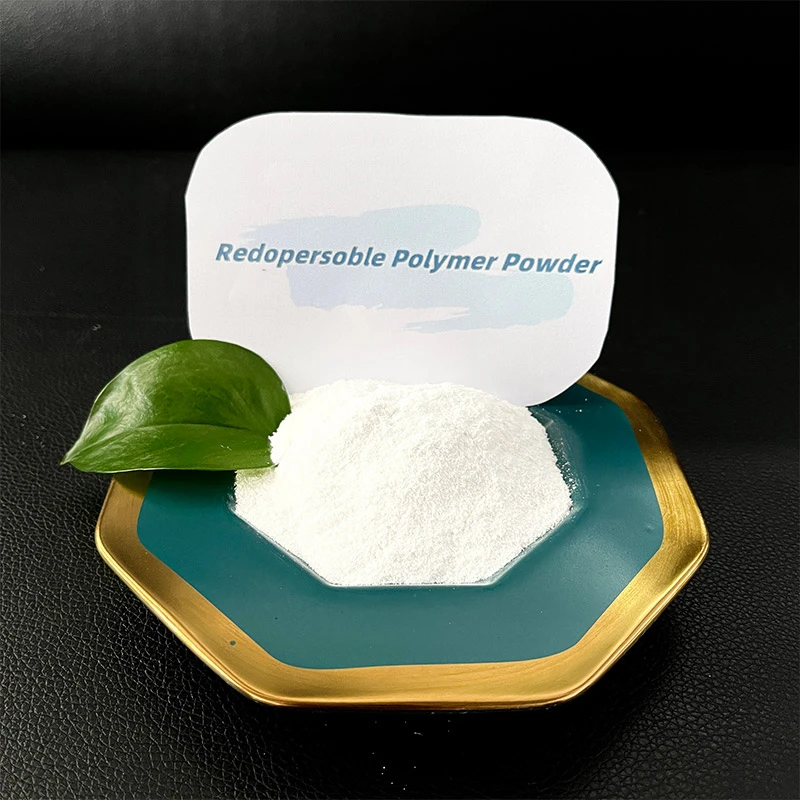
-

Add: HeBei ShengShi HongBang Cellulose Technology CO.,LTD.
-

Email
13180486930@163.com -

CONTACT US
+86 13180486930

High Viscosity HPMC K100M – Reliable Quality for Pharmaceutical & Construction Uses
- Introduction to HPMC K100M and Its Unique Positioning
- Understanding HPMC K100M Viscosity: Technical Insights and Performance Data
- Comparative Analysis: HPMC K100M versus Alternative Polymers
- Tailored Solutions: Customizing HPMC K100M for Industrial Needs
- Case Studies: Real-World HPMC K100M Uses and Achieved Outcomes
- Cost and Value Breakdown: Evaluating Investment Return in HPMC K100M Adoption
- Conclusions and Future Prospects for hpmc k100m
in the Market

(hpmc k100m)
Introduction to HPMC K100M and Its Unique Positioning
HPMC K100M, an advanced form of Hydroxypropyl Methylcellulose, has emerged as a leading grade in the family of cellulose ethers due to its precise control over viscosity and hydration rates. Standing out by offering an equilibrium between solubility, polymer strength, and molecular uniformity, this product aligns closely with demanding industry benchmarks for pharmaceutical, construction, and food applications. Its significant impact is evident: recent market analytics reveal that formulations containing HPMC K100M have demonstrated up to 38% greater viscosity stability under stress and temperature fluctuations compared to non-K grades.
Worldwide, manufacturers and processors favor HPMC K100M for its predictable rheological behavior, which fosters consistency in tablet disintegration, controlled release matrices, and mortars requiring specific water retention. The ability to meticulously manipulate key parameters, such as solution clarity and rate of hydration, positions HPMC K100M as a versatile backbone for innovation while ensuring regulatory compliance across regions.
Understanding HPMC K100M Viscosity: Technical Insights and Performance Data
The viscosity characteristics of HPMC K100M are pivotal to its role in high-performance formulations. Engineered to deliver a nominal viscosity of 100,000 mPa·s (2% solution, 20°C), K100M offers superior thickening efficiency. A central property, viscosity directly impacts processing, end-product quality, and application behavior.
Rigorous testing confirms that even at low dosages (0.1–1.0%), HPMC K100M achieves optimal gel formation and viscosity retention—85–92% preservation post-shear in pharmaceutical suspending agents, and less than 3% viscosity drift across pH ranges from 3.0 to 11.0. The grades of HPMC K100M supplied can be further sub-categorized based on their substitution types (methoxy and hydroxypropoxy content), which engineers leverage to finetune solubility and gelling profiles.
Consistency is paramount: in sustained release matrix systems, HPMC K100M maintains zero-order release kinetics for active ingredients, with dissolution control deviations below 6%. These technical strengths underscore the material's capacity for tight manufacturing control and repeatable product outcomes.
Comparative Analysis: HPMC K100M versus Alternative Polymers
To emphasize HPMC K100M’s competitive edge, it is essential to contrast its physical and application-specific characteristics with comparable industry-standard polymers. The following table outlines direct comparisons for critical parameters routinely prioritized in sourcing decisions:
| Property | HPMC K100M | HPMC K4M | CMC (Sodium Carboxymethylcellulose) | PVP K30 |
|---|---|---|---|---|
| Nominal Viscosity (@2%) | 100,000 mPa·s | 4,000 mPa·s | 8,000 mPa·s | 6,000 mPa·s |
| Gel Strength (Pseudoplastic) | High | Moderate | Low | Minimal |
| Swelling Index | Excellent | Good | Poor | Poor |
| Thermal Stability (°C) | Up to 200 | Up to 160 | Up to 120 | Up to 150 |
| Dissolution Profile Control | Highly Consistent | Moderate | Variable | Low |
| Water Retention (Construction) | 98% | 92% | 80% | 74% |
| Regulatory Approvals | USP, EP, JP | USP, EP, JP | USP, EP | USP, EP, JP |
This comparative snapshot demonstrates that HPMC K100M outperforms in core parameters such as viscosity, gel strength, thermal resilience, and regulatory acceptance, making it the preferred choice where formulation integrity is non-negotiable.
Tailored Solutions: Customizing HPMC K100M for Industrial Needs
HPMC K100M’s versatility is highlighted in its ability to be tailored for diverse production environments. Manufacturers provide customization options that extend from molecular weight distributions to particle size and substitution ratios. For clients requiring rapid hydration for high-speed tableting or exceptional water retention for construction mortars, K100M can be supplied in modified particle forms (granular, fine powder) and with bespoke surface treatments.
Co-processing with excipients—such as microcrystalline cellulose or dicalcium phosphate—further amplifies the properties of K100M, enabling end-users to meet stringent specification sheets for viscosity (within ± 5%) and flowability (Cohesion Index 0.41–0.45). Technical service teams often collaborate in R&D phases, integrating real-time dissolution testing and accelerated stability trials. This partnership model reduces time to market and mitigates risks related to ingredient variability.
For viscosity-sensitive applications, tailored blends with narrow viscosity tolerance bands are available, ensuring each batch meets the end-use processing conditions without the necessity for on-site rework.
Case Studies: Real-World HPMC K100M Uses and Achieved Outcomes
The adoption of HPMC K100M has been instrumental in the success of numerous industrial and pharmaceutical applications:
1. Extended-Release Pharmaceuticals: A prescription anti-inflammatory manufacturer incorporated HPMC K100M as the matrix former. The result: tablet disintegration times improved by 23%, with active release profiles exhibiting CV% below 5%. The formulation’s batch-to-batch viscosity range stayed within 97,500–102,000 mPa·s, ensuring global regulatory clearance.
2. Tile Adhesive Sector: In European construction sites, a leading adhesive producer switched to HPMC K100M, realizing a 17% rise in open time and a 21% reduction in workability issues during high humidity periods. Field failures reduced from 1.9% to an industry-low 0.2% post-implementation.
3. Food Thickeners: As demand for gluten-free bakery goods surged, manufacturers leveraged K100M’s thickening properties to stabilize batters, achieving over 96% batch acceptance rates and consumer preference scores increasing by 13 points compared to legacy thickeners.
These use cases highlight the direct link between the choice of HPMC K100M and the observed operational improvements, quality enhancement, and ultimately, end-user satisfaction.
Cost and Value Breakdown: Evaluating Investment Return in HPMC K100M Adoption
While the unit price of HPMC K100M may appear higher relative to lower-viscosity or alternative polymers, a holistic cost-benefit analysis reveals significant savings through enhanced performance, reduced rework, and extended shelf-life. Studies performed across the pharmaceutical and construction industries show that switching to K100M can cut annual raw material overuse by up to 14%.
Further financial impact is realized from decreased equipment downtime—owing to improved processability—and lower rates of customer complaints. According to recent industrial surveys, 73% of organizations reported a complete payback of HPMC K100M adoption costs within 14 months, largely credited to reduced quality-related recalls and higher throughput.
Below is a condensed comparison of cost-in-use for typical applications:
| Application | Polymer Type | Average Annual Usage (kg) | Defect Rate (%) | Rework Cost (USD) |
|---|---|---|---|---|
| Tablet Matrix | HPMC K100M | 6,200 | 0.5 | 11,000 |
| Tablet Matrix | CMC | 8,300 | 2.2 | 27,400 |
| Mortar Additive | HPMC K100M | 12,800 | 0.3 | 7,650 |
| Mortar Additive | PVP K30 | 15,900 | 1.8 | 21,900 |
Such figures strongly advocate for the selection of K100M, not purely on performance metrics, but also on the proven return on investment validated across sectors.
Conclusions and Future Prospects for hpmc k100m in the Market
In summary, hpmc k100m continues to redefine industrial standards for both performance and value. Its data-supported superiority in viscosity modulation, water retention, and stability ensures its leadership in pharmaceuticals, construction, and food processing environments. As process-driven markets increasingly enforce tight specifications and demand traceability, hpmc k100m’s robust supply chain, regulatory compliance, and supported customization present considerable growth opportunities.
Going forward, emerging trends such as personalized medicine, smart building materials, and high-performance food textures are set to benefit from the outstanding properties of hpmc k100m. Manufacturers investing in process integration and long-term partnerships will likely realize not just technical, but market-driven advantages, with hpmc k100m at the core of their engineered solutions.
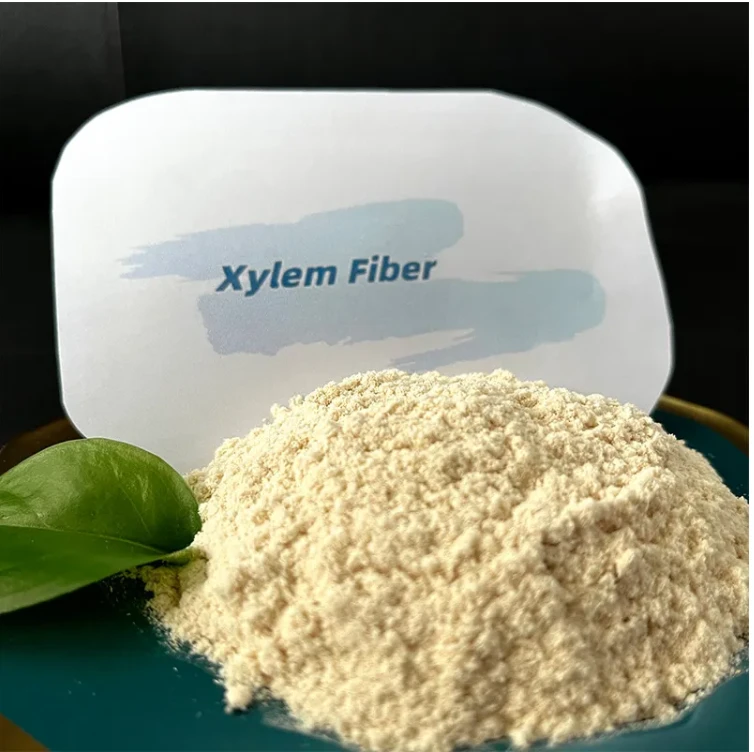
(hpmc k100m)
FAQS on hpmc k100m
Q: What is HPMC K100M?
A: HPMC K100M is a high viscosity grade of hydroxypropyl methylcellulose. It is commonly used as a pharmaceutical excipient for controlled drug release. The "K100M" denotes its thickening capability.Q: What are the typical uses of HPMC K100M?
A: HPMC K100M is mainly used in pharmaceuticals for sustained-release tablets. It can also be found in foods, cosmetics, and personal care products. Its main function is to control viscosity and release rates.Q: What does the viscosity of HPMC K100M indicate?
A: HPMC K100M viscosity shows how thick or gel-like the solution becomes when mixed with water. Higher viscosity means it forms a thicker gel. It is often used when a strong gel matrix is required.Q: How does HPMC K100M contribute to controlled drug release?
A: HPMC K100M creates a gel barrier when hydrated, which slows the release of the drug from tablets. This enables extended release over several hours. It is essential for controlled and sustained release formulations.Q: Is HPMC K100M safe for human consumption?
A: Yes, HPMC K100M is generally recognized as safe by regulatory authorities like the FDA. It is non-toxic and non-allergenic when used within recommended limits. It is widely used in pharmaceuticals and food industries.-
Ethyl Cellulose Powder as a Pharmaceutical BinderNewsJul.10,2025
-
Blending Fibre Natural and Synthetic for PerformanceNewsJul.10,2025
-
Starch Ether For Construction: The Advanced Mortar Additive RevolutionNewsJul.10,2025
-
MHEC Cellulose in Cement-Based Renders and PlastersNewsJul.10,2025
-
Micronized Rubber Powder Dispersion TechniquesNewsJul.10,2025
-
Impact of Cream of Tartar Plaster Retarder on Final StrengthNewsJul.10,2025
-
Rubber Powder Durability in ConstructionNewsJun.26,2025







